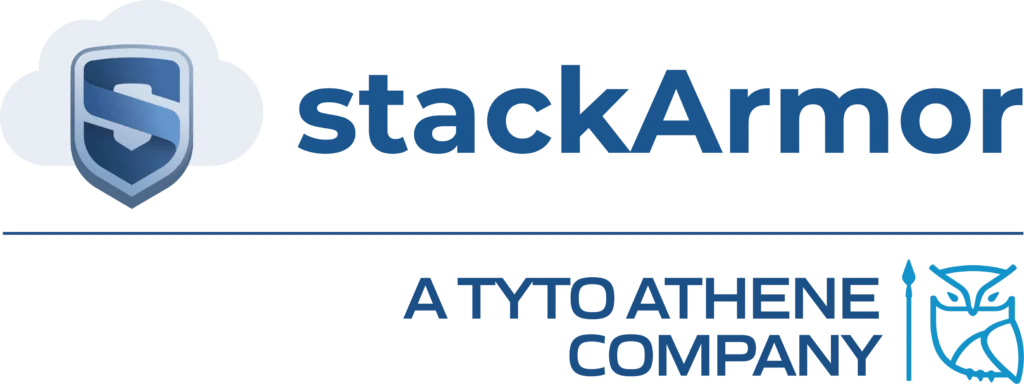How Much Does FedRAMP Compliance Cost?
FedRAMP compliance costs can be broken up into two parts: 1) initial ATO costs and 2) ongoing authorization or continuous monitoring costs. The initial FedRAMP compliance professional services costs for the most part vary between $250,000 to $750,000 depending on the support required, accreditation level and size of the environment. Generally, speaking FedRAMP compliance costs are accrued to support deployment engineering, documentation and 3PAO assessment as well as ongoing continuous monitoring costs. FedRAMP compliance is becoming the gold standard in security given its rigorous and comprehensive coverage of management, operational and technical controls. As organizations look to provide cloud services to the federal government, understanding the costs associated with Federal Risk and Authorization Management Program (FedRAMP) compliance becomes crucial. In this blog post, we’ll break down the various costs associated with FedRAMP to help you plan and budget effectively. What is FedRAMP? FedRAMP, the Federal Risk and Authorization Management Program,
